Photographer Jordan Bush’s assignment was to capture Lancaster County from above. Using his quadcopter drone, he visited a variety of sites across the county from late August to early December of 2022. As we reviewed the shots, it occurred to us that they provide evidence that Lancaster is “green” in more ways than the obvious one.
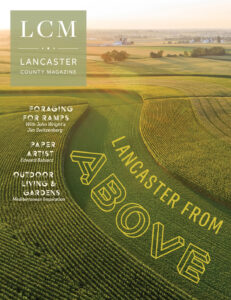
Jordan Bush employed his quadcopter to capture photos of Lancaster from above. The cover shot was taken in the Ronks area, where the pioneering Ferree family, who arrived in the Paradise area in 1712, came to own large swaths of farmland. Today, that farmland is cultivated by English and Plain farmers. One such farm, Cherry Crest Adventure Farm, has become a leader in agritainment.
Photographed August 29, 2022
Historic preservation. Restoration. Adaptive reuse. Ecotourism. Agritainment. Green spaces. Nature preserves. Rail trails. Heritage areas. Sustainability. Such words are becoming associated with Lancaster County. Increasingly, visitors are coming here to experience our natural areas, diverse restaurant scene, cultural offerings and history. Yes, they are still interested in all-things Pennsylvania Dutch, but their interests have broadened, and they want to experience all that Lancaster has to offer. Even our barn venues and historic properties are attracting wedding parties from outside the immediate area.
The pandemic helped to convince locals that Lancaster County has a good thing going for it from an outdoors perspective. Seeking a reprieve from lockdowns, they flocked to parks, rail trails and nature preserves in record numbers. The phenomenon continues: visit small towns along the river trails and it’s obvious locals and visitors alike are enjoying the great outdoors, as well as exploring local shops and restaurants.
Of course, social media and coverage in national publications (the March issue of Better Homes and Gardens featured foodie destinations in Downtown Lancaster) are helping to highlight Lancaster’s varied attractions. Visitors still seem to be enraptured by cows and horse-drawn buggies, while locals are sharing river scenes, wildlife visiting their backyards and menu items from their favorite restaurants. In February, ice sculptures in Lititz dominated social media postings. Now that spring has arrived, we’ll no doubt be seeing photos depicting our gardening efforts.
Yes, Lancaster County is a place we can all be proud to call home. Hopefully, the photos taken by Jordan will further remind you that we live in a very special place.
Agritainment: Cherry Crest Adventure Farm
According to Penn State Extension, farms of all sizes have been turning to agritainment – pick-your-own fruits/vegetables/flowers, farm markets, festivals, corn mazes, farm-stay vacations and more – to increase their incomes. Cherry Crest Adventure Farm in Ronks, has become a leader in this growing aspect of tourism.
Cherry Crest is a magnet for visitors to Lancaster County, as it boasts a fascinating history, scenic farmland, a neighbor in the Strasburg Rail Road and a corn maze that has appeared on USA Today’s annual “10 Best” readers’ poll for eight consecutive years beginning in 2014 (including first place in 2020 and third place the last two years).
From a historical perspective, the farmland once belonged to succeeding generations of the Ferree family, French Huguenots who immigrated to America in search of religious freedom and settled in the Paradise area in 1712. Over the ensuing years, the family prospered and came to own more than 2,000 acres of land. Cherry Crest, for example, was once owned by Cornelius Ferree (1753-1792). The renowned wagon maker welcomed settlers heading west to stop at the farm before they ventured into the wilderness.
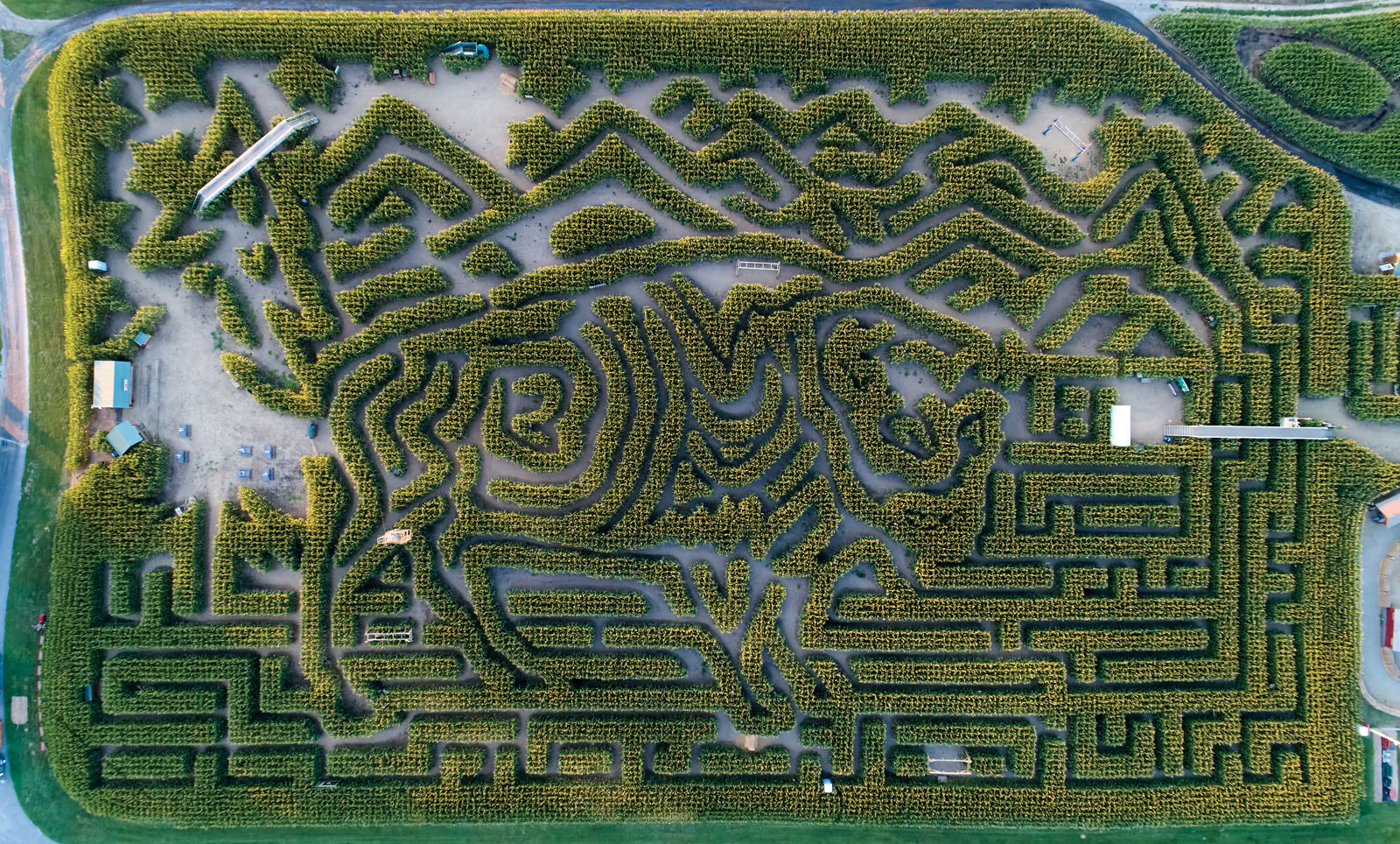
Photographed August 29, 2022. Last year’s maze, which featured a buffalo, paid homage to the country’s national parks, notably Yellowstone, which was celebrating its 150th anniversary.
Much of the original Ferree farmland is now owned by Plain and English farmers. Cherry Crest’s current owners, Jack and Donna Coleman, arrived in Lancaster County from New Jersey in 1987, to continue farming. After purchasing Cherry Crest Farm they raised dairy cows but later transitioned to beef cows and poultry (broilers raised for Tyson). In addition, they raise soybeans and corn on the acreage. Jack and their son, Dylan, have also developed a dust-control product called Dustkill that is marketed throughout the Mid-Atlantic region. Made with soybean oil, it is 100% plant-based, is non-corrosive and is renewable and sustainable. The eco-minded Colemans operate the farm with solar power.
Looking for other ventures to augment the farm’s income, Jack noted the success of a corn maze at Lebanon Valley College and contacted its designer, Don Frantz of the American Maze Company. Their first joint venture (1996) employed a locomotive as its theme. Incredibly, nearly 30,000 visitors showed up to negotiate the maze.
Over the past 27 years, the enterprise has grown to offer visitors attractions such as a petting zoo, farm tours, farm-themed activities, an educational center, themed festivals, concessions, a gift shop and more. The Coleman family, which now includes a third generation, takes pleasure in providing guests with “wholesome family fun” and educating them about agriculture. They also like to think that they’ve brought the property full circle and are continuing Cornelius Ferree’s tradition of welcoming travelers to the farm. They paid homage to Ferree’s hospitality and wainwright abilities by making the Conestoga Wagon the theme of a past maze.
For more information, visit cherrycrestfarm.com.
Parks & Recreation: Manheim Veterans Memorial Park
On autumn Friday nights across Lancaster County, grassy athletic fields bring communities together in support of their high school football teams. Nowhere is that sense of community spirit more evident than in Manheim.
The renowned Manheim Central Barons play their home games at Elden N. Rettew Field, which is part of a recreational and sports complex that spans more than 50 acres in the heart of Manheim. According to the annals of the Manheim Historical Society, Rettew, who was born in 1906 and died in 1985, viewed the development of the Veterans Memorial Park complex – baseball, softball and Little League fields; volleyball, basketball and tennis courts; swimming pools; playgrounds; farm show buildings; natural areas; a relocated and preserved covered bridge and, of course, a football field – as a labor of love.
Rettew’s dedication to the project began after World War II, when he became involved with the Manheim Athletic Association, which purchased the initial 15 acres and bequeathed them to the borough as a “citizens’ gift.” (The area where the football stadium is located was once a cornfield.)
Rettew went on to serve as the chairman of the Manheim Field Commission, which oversaw the growth of the park, until 1980, at which time another entity assumed that role. As part of his responsibilities, Rettew made it a priority to beautify the complex with trees, shrubbery and other plantings.
To Rettew’s surprise and delight, the football field was named in his honor during a half-time ceremony that was held on November 12, 1982. The date was significant: It happened to be the avid Barons fan’s 77th birthday.
For information about the newest proposed addition to the park, a plaza dedicated to all who have served, visit manheimveteransmemorial.org.
Urban Renaissance: Downtown Lancaster
To truly appreciate the city of Lancaster, you’ll need to take a walk. No doubt, you’ll become absorbed by the architecture and history that make it so special.
Last summer, I was fortunate to participate in a C. Emlen Urban walking tour that was led by Gregg Scott, an architect who is an authority on all-things Urban. The noted architect (Urban) designed such buildings as Watt & Shand, Hager’s, the Griest Building and Southern Market, as well as schools, churches, private homes, hotels, corporate facilities and monumental gateways to parks and cemeteries. In 1899, Urban supervised the construction of the grand Woolworth Building (designed by the New York firm of Schickel & Ditmars), which stood on the first block of North Queen Street until 1950. He maintained his office in the building for 37 years and designed all of its additions and renovations. According to Gregg, you name the architectural style and Urban could execute it.
The group met at the corner of College Avenue and West Chestnut Street and slowly made its way to North Queen Street. It made for a fascinating morning. Traveling along West Chestnut Street on foot provides an altogether different experience, as you are given the opportunity to study the details that make the homes – several designed by Urban – so distinctive. Also of note is the Stevens School (now home to residences) that was designed by Urban.
Now that I “know” Urban better, I wonder what Penn Square would look like without the façade of the Watt & Shand building that wraps around the Marriott Hotel. The first phase of the landmark store was designed by Urban and completed in 1898. Over the years, it grew to encompass seven other buildings on East King and South Queen streets.
The Hager Building, which dates to 1911, was another of Urban’s projects and represents his initial venture into modern design. Fortunately, it, too, was saved/adapted, as its upper floors hold residences, while the ground floor has become commercial space. Lancaster’s first skyscraper, the Griest Building, was designed by Urban in 1925. Southern Market, which was designed by Urban in 1888, nearly met its demise on several occasions. Today, it’s a beautiful food hall whose vendors offer visitors a taste of the world.
As for some interesting Lancaster history, did you know that Andrew Ellicott tutored Meriwether Lewis on surveying techniques at the Sehner-Ellicott-von Hess House on North Prince Street prior to the Lewis & Clark Expedition? It represents one of the city’s many historic buildings and warehouses that have been saved and readapted to serve other purposes. Appropriately enough, it now serves as the home of the Historic Preservation Trust of Lancaster County, which annually honors preservation, restoration and adaptive-reuse projects with C. Emlen Urban awards.
By the way, if you feel like taking an “Urban” walk, the Trust has compiled a C. Emlen Urban Architectural Tour Book that can be purchased online at hptrust.org.
Restore/Preserve/Adapt: The Star Barn
Barns are beloved landmarks in this area of the state. One in particular has always intrigued us and caused concern about its longevity. Now fully restored after being moved from Dauphin County to Stone Gables Estate in Elizabethtown, The Star Barn has a new lease on life.
Like most Central Pennsylvanians, David Abel had driven by The Star Barn throughout his life. He was aware of the various efforts that had been made to save it. He never envisioned himself playing such a role until his wife, Tierney, suggested they save the barn and restore it to its original glory. They were rewarded with a C. Emlen Urban Award for their efforts.
Built by Colonel John Motter in 1877, The Star Barn was used to house his prized horses. Motter, who was a man of faith, conveyed his belief in God and country through the barn’s design that was distinguished by towering cupolas and louvered ventilators. Built a dozen years after the Civil War ended, the five-pointed stars seen on the barn represented Motter’s hope that the reunified country would prosper once again. The stars also represented the five distinctive wounds Christ suffered at his crucifixion. Other faith-oriented elements included cathedral-style windows, barn spires that pointed toward heaven and fleur-de-lis finials that represented the Holy Trinity.
In the late 1920s, the farm became a dairy operation; over the course of time, the 164-acre spread was reduced to just under four acres. By the latter part of the 20th century, encroaching development, neglect and the environmental stresses related to traffic on nearby Route 283 caused the barn and its complementary outbuildings to further deteriorate. Despite its condition, The Star Barn was added to the National Register of Historic Places in 2000.
In 2014, the Abels and DAS Companies acquired The Star Barn and the other outbuildings. Over the course of several months, the buildings were meticulously disassembled. With West Donegal Township providing zoning approval, plans to move the structures to Elizabethtown proceeded. Excavation began in spring 2016 to create a site for them to be rebuilt.
Working with a host of companies and individuals who possessed the craftsmanship and vision to restore and preserve such a treasure, the Abels were able to utilize 90% of the structure to rebuild the barn. However, its exterior is actually new construction. The purpose of taking that route was to protect the original barn and to conceal modern-day materials such as steel beams, wiring, insulation, climate-control systems, etc.
Completed in 2018, The Star Barn Village has become an events venue that hosts weddings and other social occasions, as well as seasonal events that are open to the public. In addition, net profits from such events benefit Brittany’s Hope, a nonprofit organization founded by the Abel family in 2000, which aids orphaned, at-risk and special-needs children worldwide.
For more information, visit stonegablesestate.com.
Ecotourism: Bridging the Gaps
Lancaster County is becoming a prime destination for those who love the great outdoors. Thanks to rail trails, nature preserves, waterways and the Susquehanna National Heritage Area, ecotourism is impacting the region.
The latest addition to Lancaster County’s growing reputation as a top-notch outdoor destination can be found along the Enola Low Grade Trail, which follows the Susquehanna River from Turkey Hill south to the Safe Harbor area and then travels eastward to Atglen. After more than eight years of planning and construction, the rehabilitated Safe Harbor Trestle Bridge that once carried rail traffic over the intersection of the Conestoga and Susquehanna rivers and connected Manor and Conestoga townships, is now conveying hikers, dog walkers and bicyclists, as they travel along the continuous 30-mile stretch of trail.
Originally constructed in 1905, the steel bridge, which was built to carry rail traffic for the Atglen and Susquehanna Branch of the Pennsylvania Railroad, was considered a marvel of engineering. Measuring 140-feet high and 1,560-feet long, it was the second-longest bridge of its kind in the state and the third highest in the country. Listed on the National Register of Historic Places, it last saw service in 1989.
When the upper 5-mile section of the Enola Low Grade Trail opened in 2013, restoring and readapting the bridge became a priority. Thanks to municipal, state and federal funding, as well as private donations, the goal became reality last June, when the $9 million project, which features concrete and glass decking, officially opened to trail traffic. Users marvel at the views the bridge offers, including the rivers, woodland, the Safe Harbor Dam, York County, railroad traffic and the famous petroglyph-covered rocks that dot the Susquehanna.
Trail users were also excited by the announcement that work had been completed on the restoration of the Martic Forge Trestle Bridge, which was also built in 1905 and spans the Pequea Creek. The restored bridge, which is nearly as high as Safe Harbor’s and is 634-feet long, was compromised in 2018, when an arsonist set it ablaze. Funding issues and Covid created setbacks, but the $3 million funding issue was resolved through the acquisition of state grants, enabling work to progress on creating a concrete and galvanized-metal deck for the bridge. It reopened in late October 2022.
For details, visit enolalowgradetrail.com and unchartedlancaster.com.





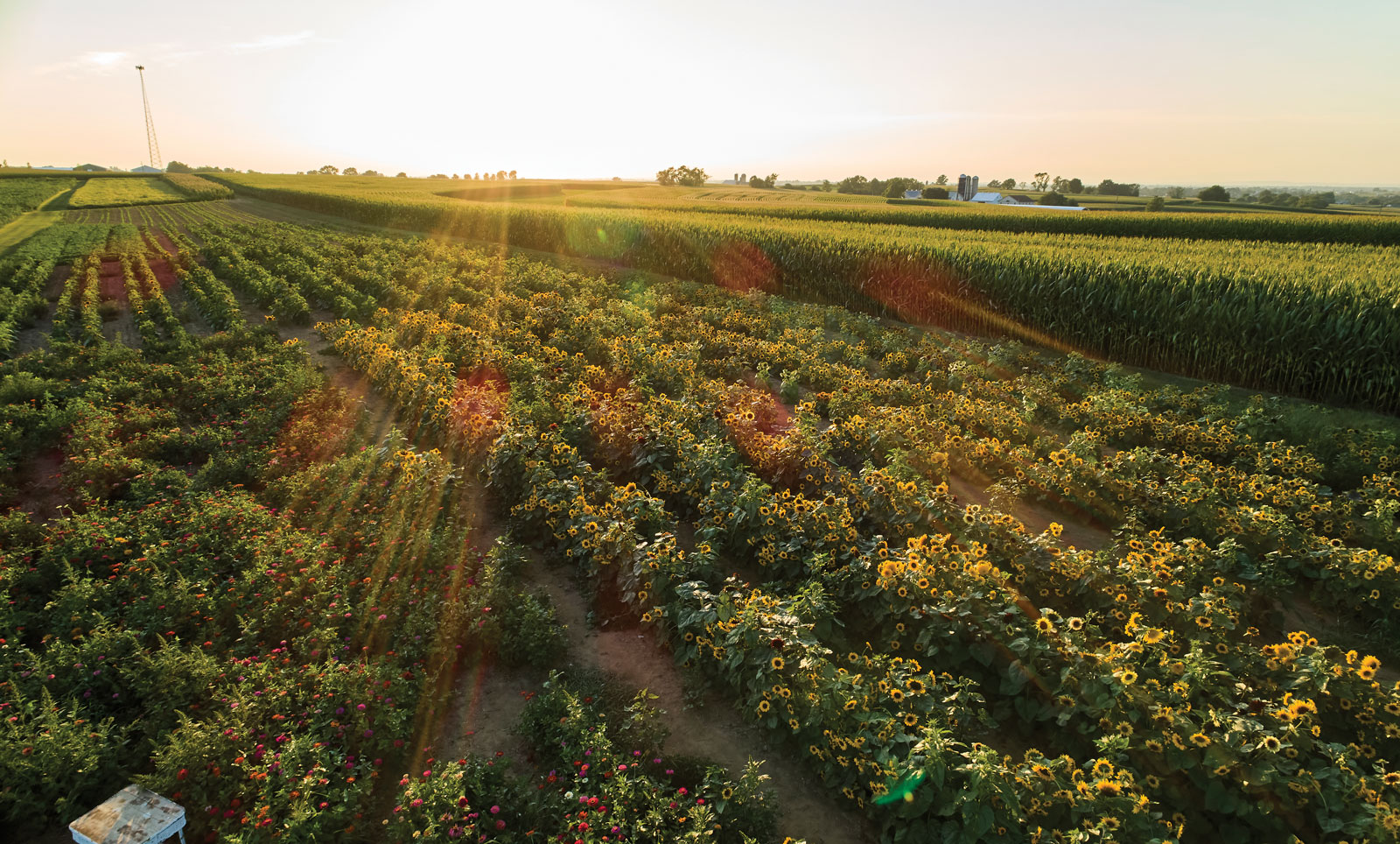
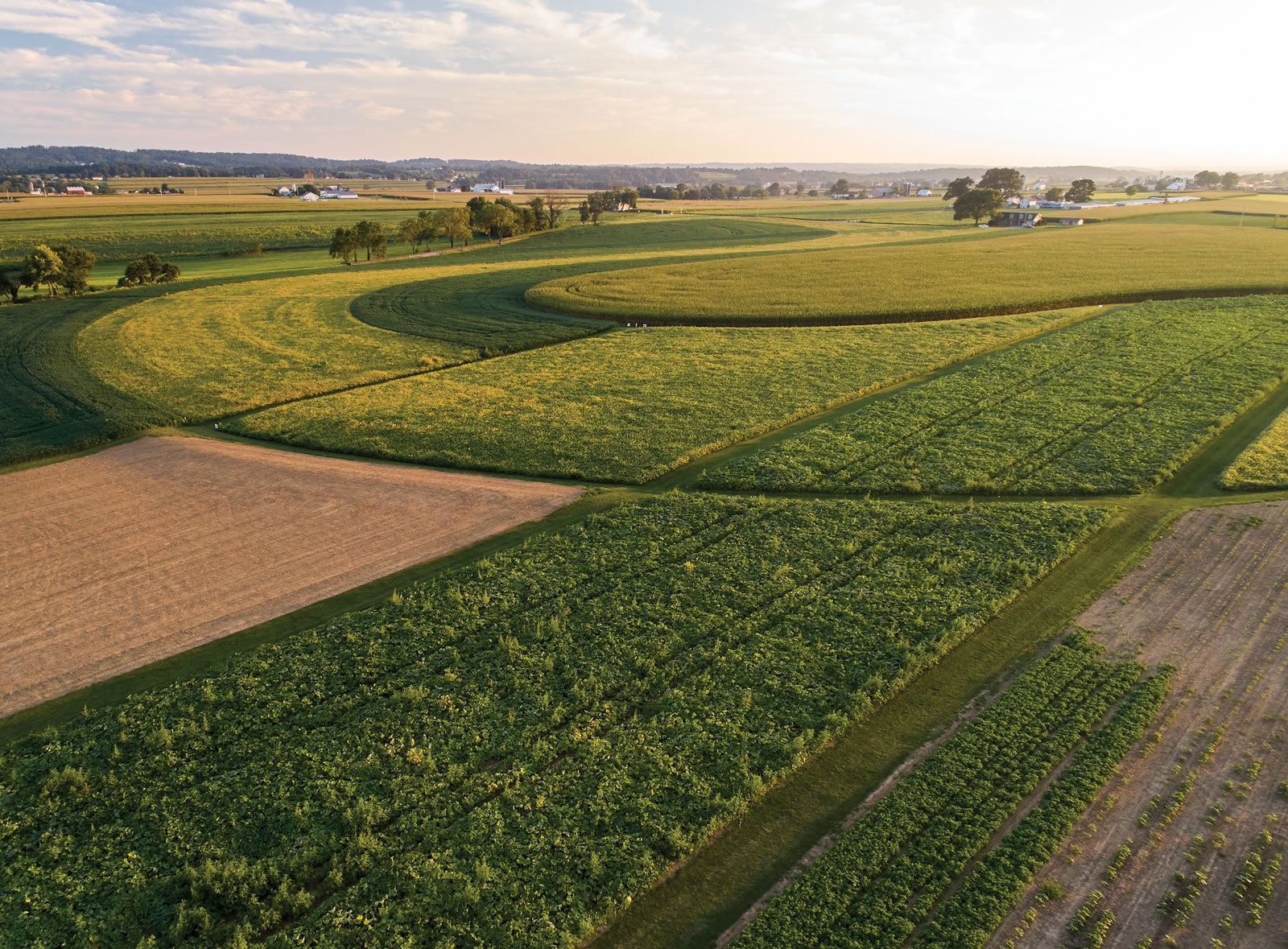

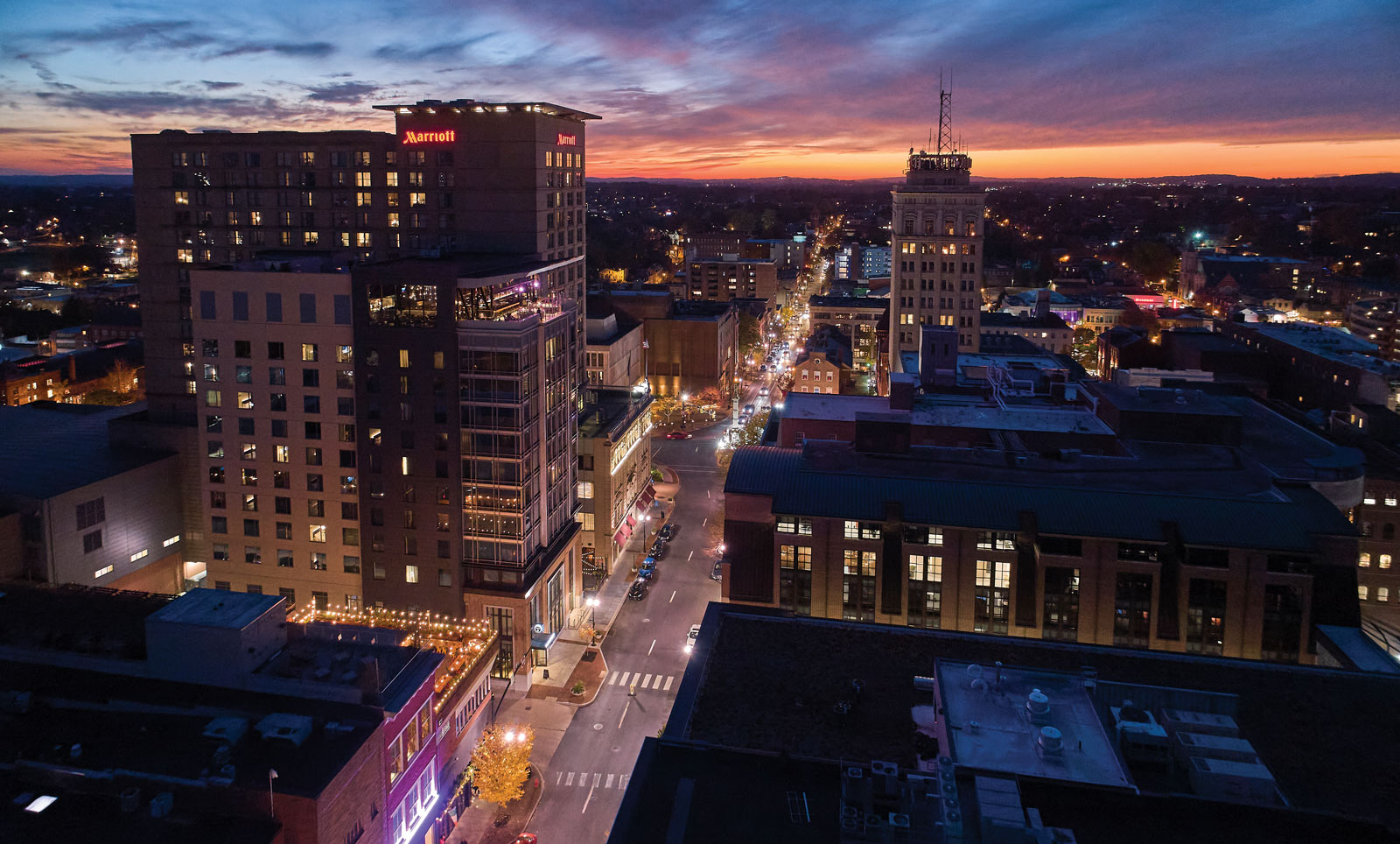
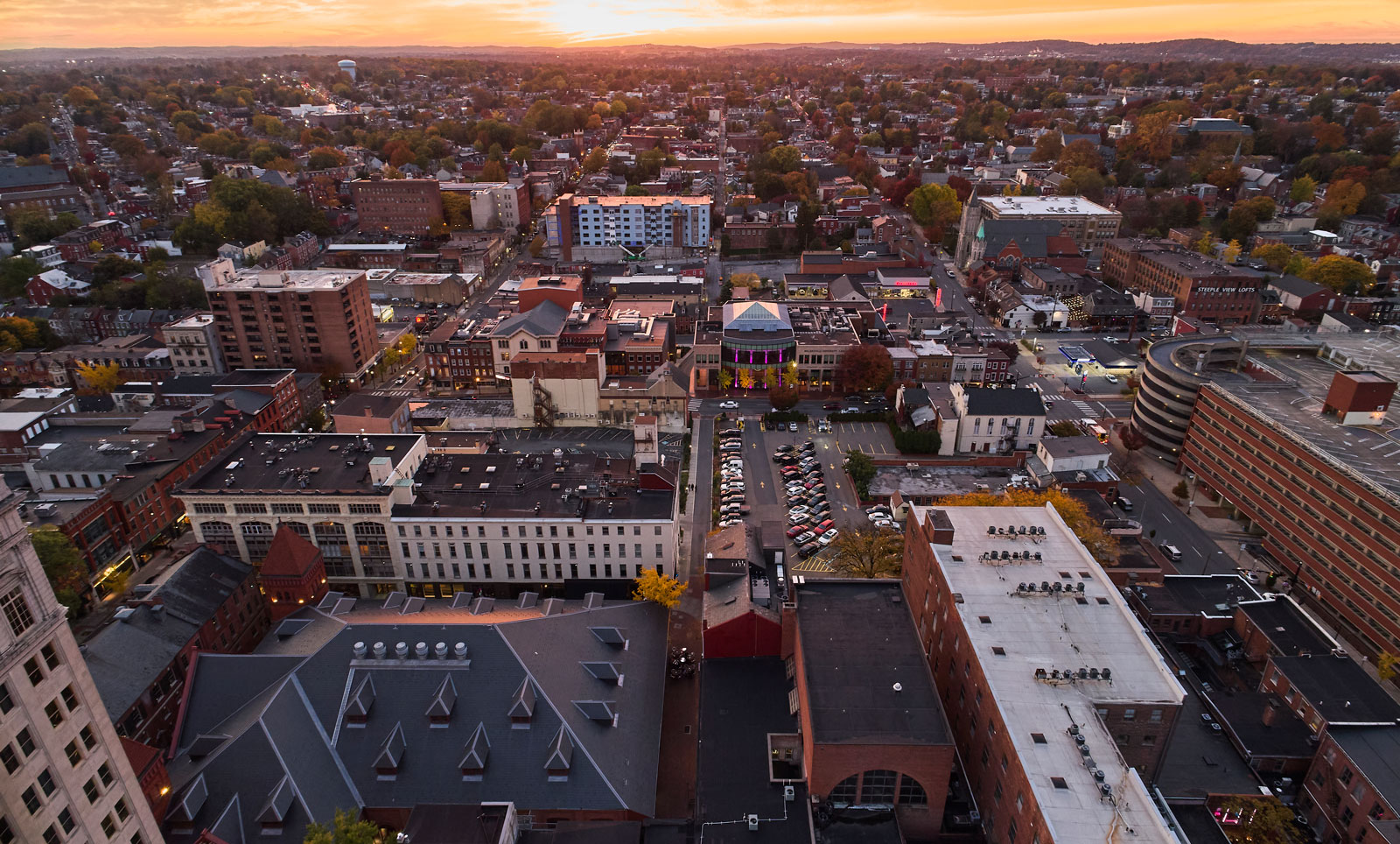
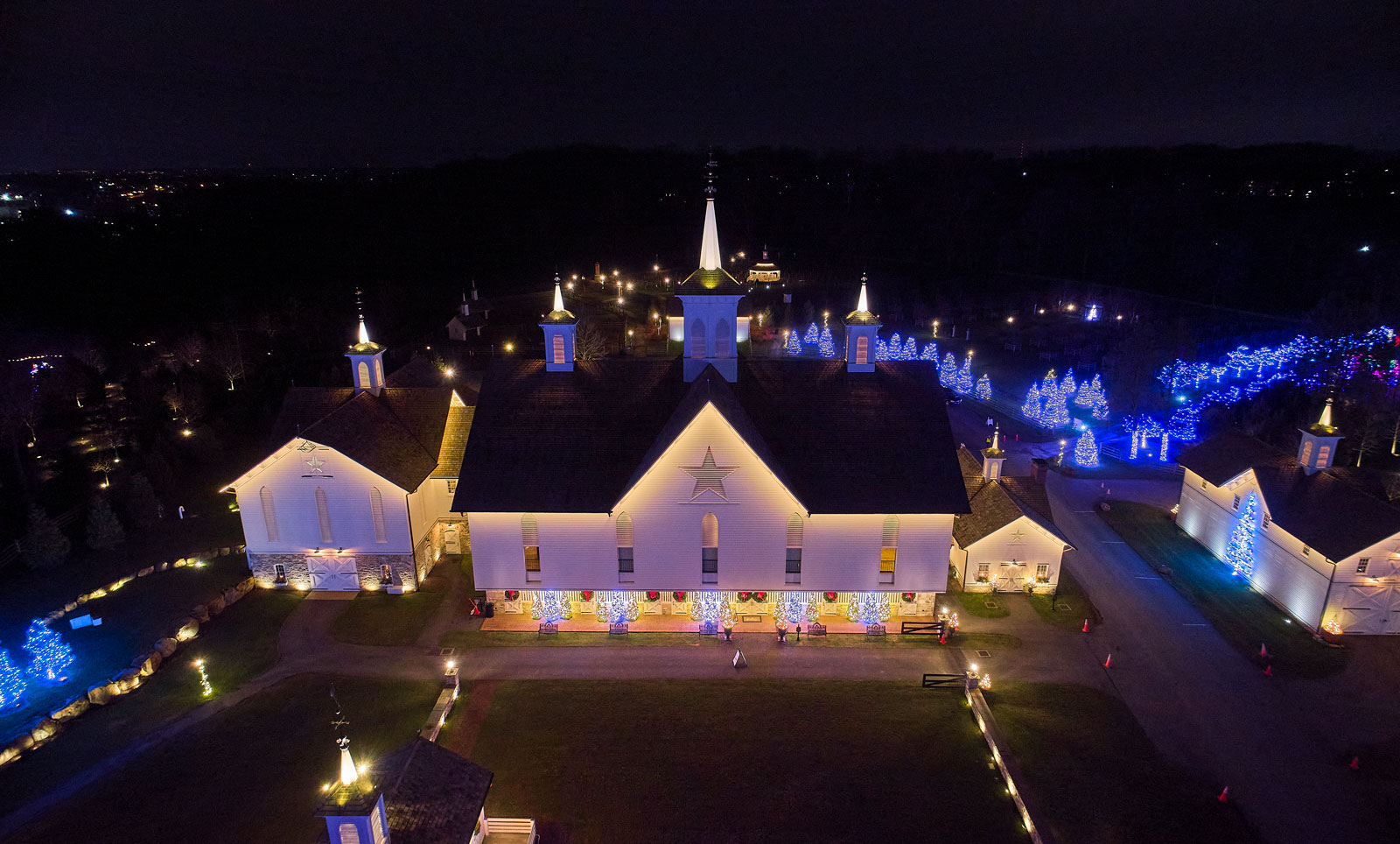
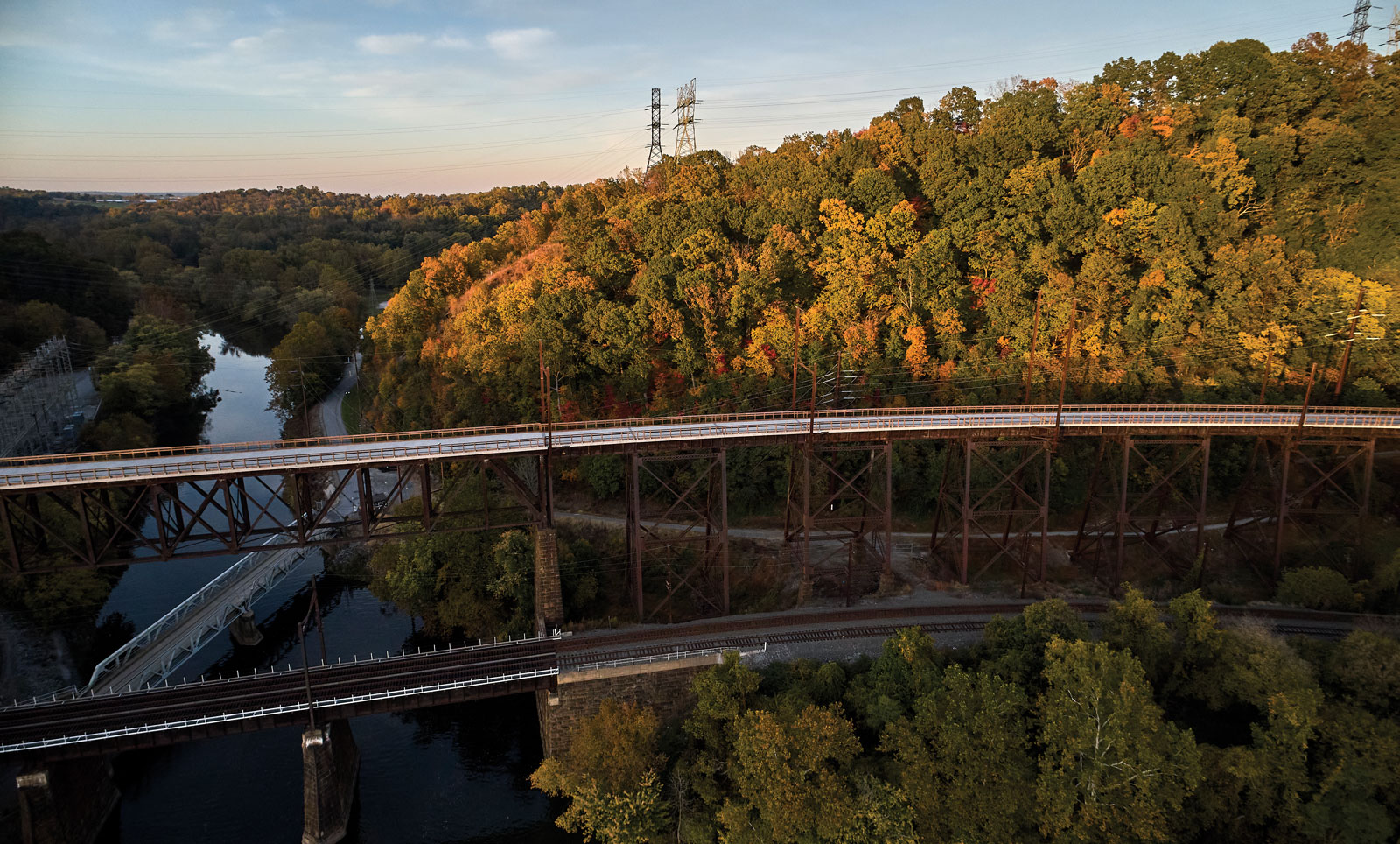

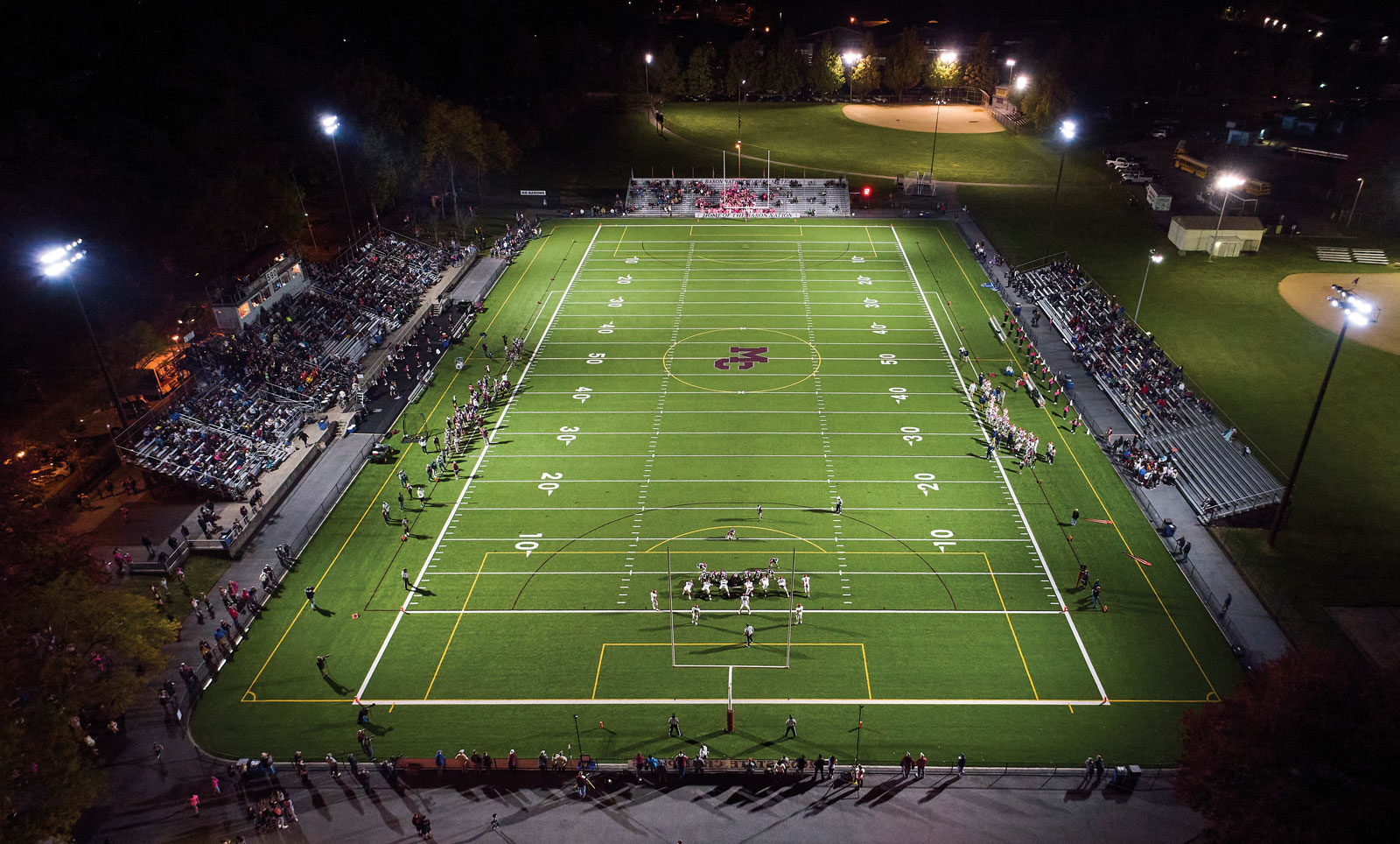
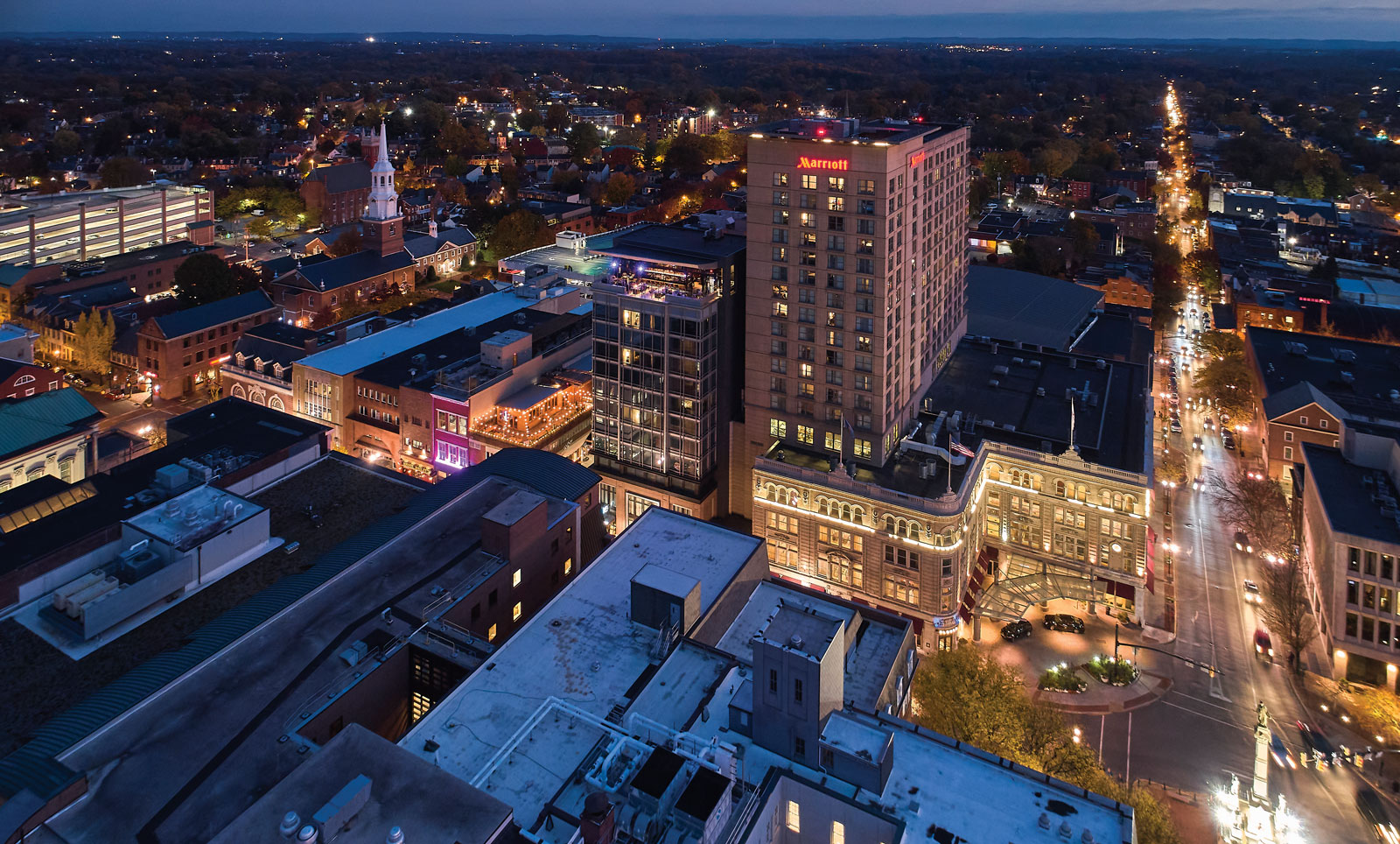
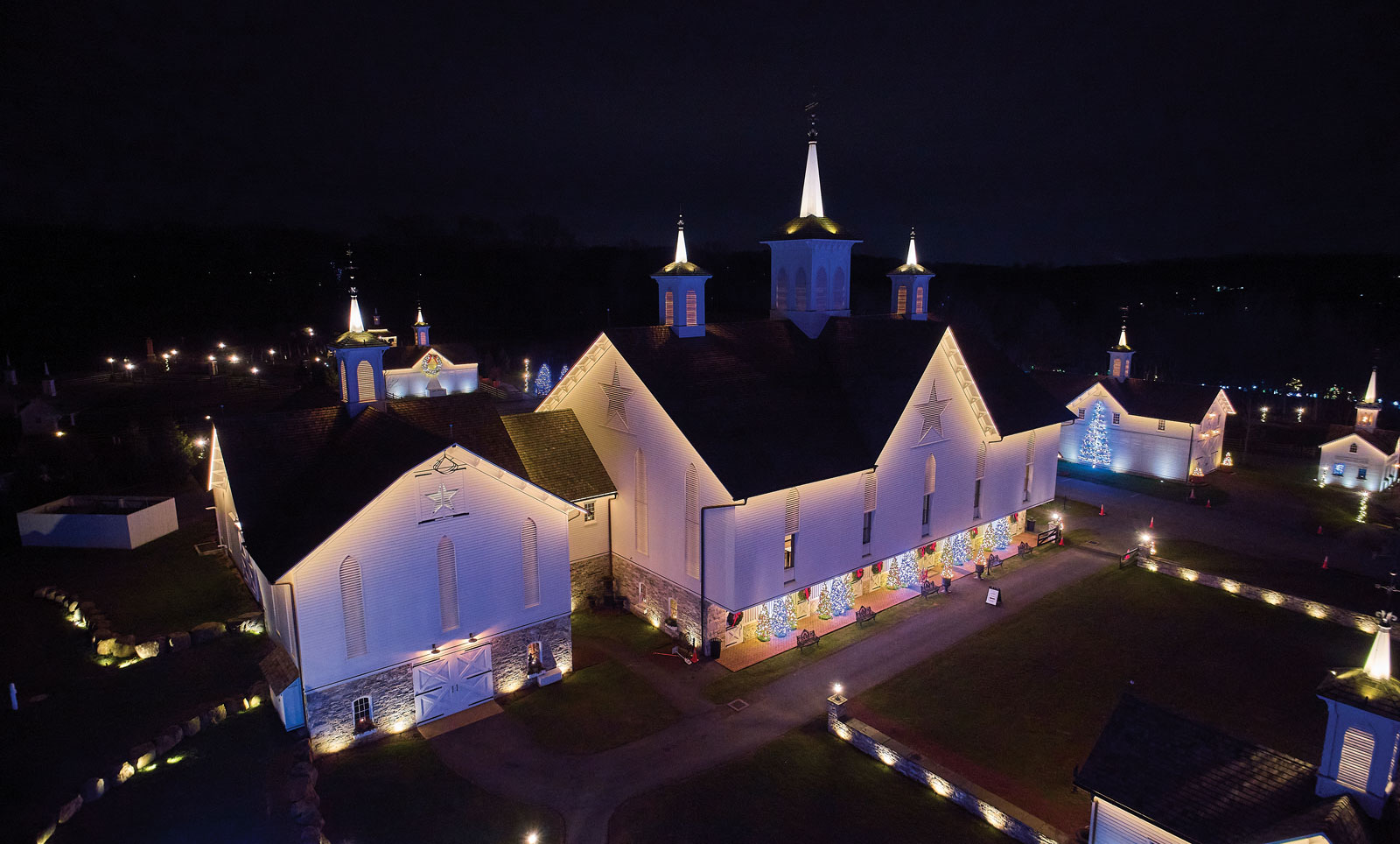
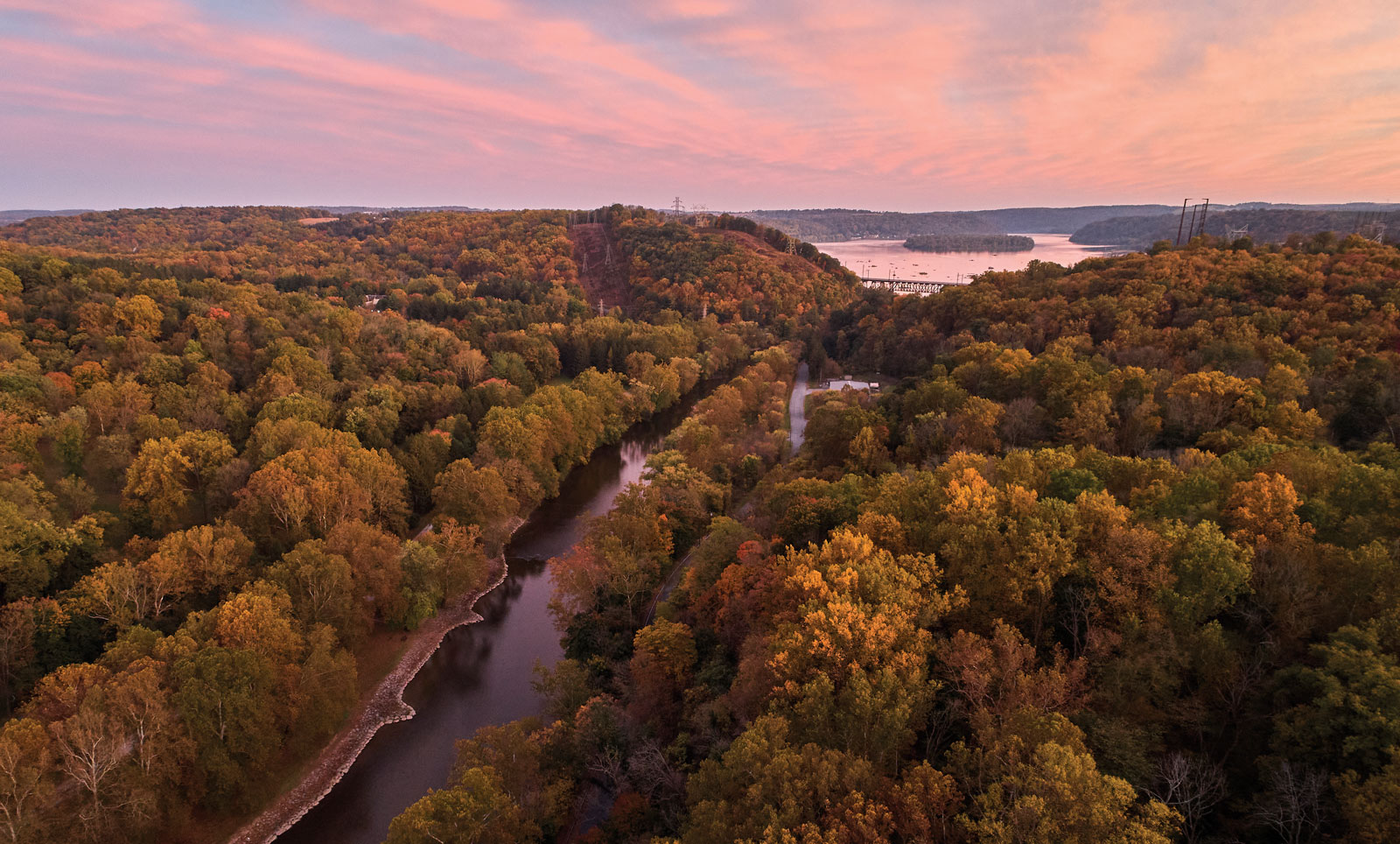
SHARE
PRINT